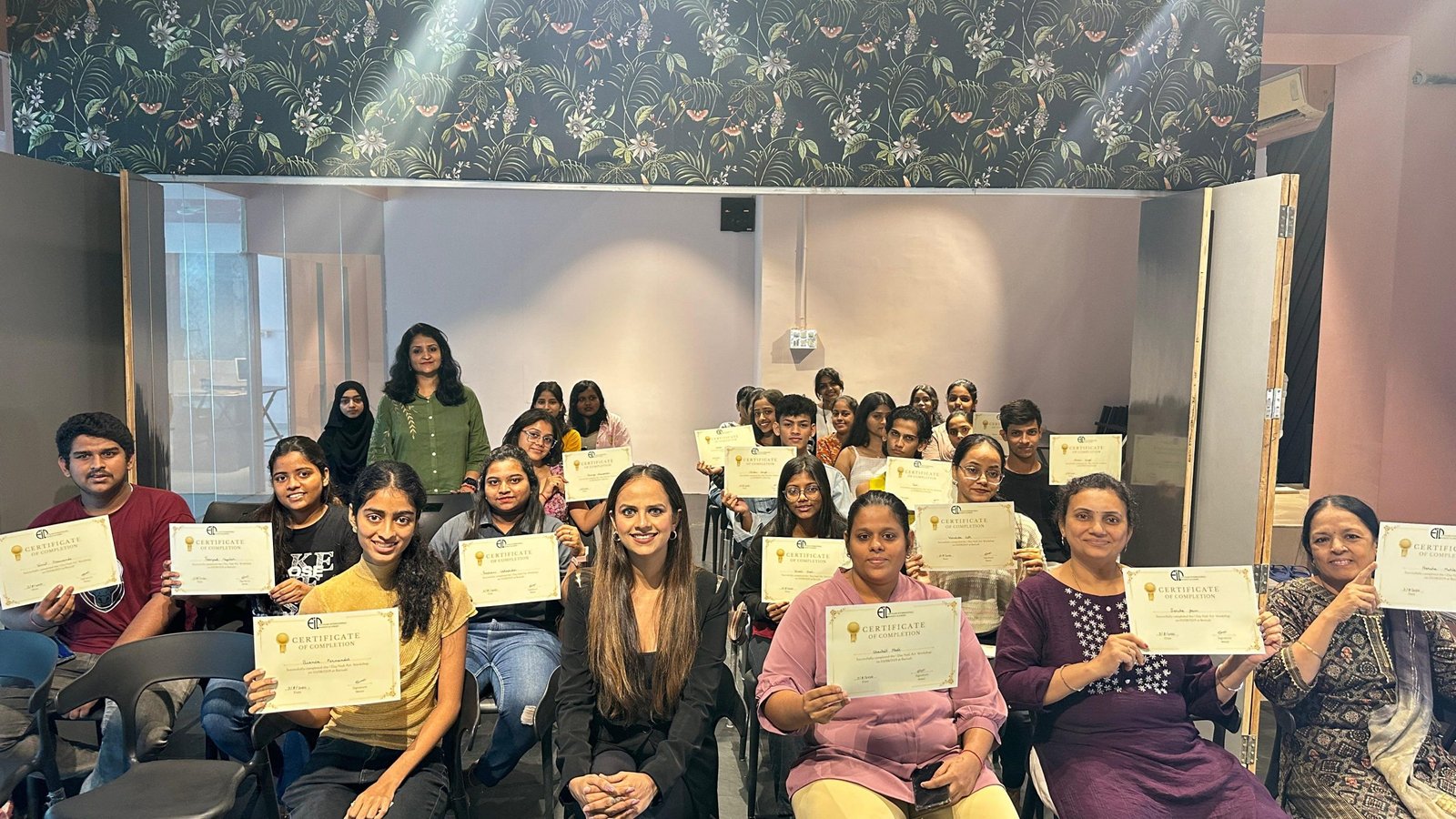"LIPPAN KAAM"
Best Fashion and Interior Design Institute in Borivali (west), “Envisage Institute of Design”
Best Fashion and Interior Design Institute in Borivali (west), “Envisage Institute of Design”
It is a traditional mural craft of Kutch. If you travel through Kutch and as you make your way through the vast stretches of the Indian side of the world's greatest salt desert - The Great Rann of Kutch found in India and Pakistan, you will come across circular mud houses known as 'Bhungas' with walls beautifully decorated in mostly circular mirror work. This is Lippan Kaam or also known as Chittar Kaam.
Though the authenticity of lippan kaam lies in a completed piece that is all white or in shades of neutrals, bright colors like red and green are sometimes painted on the dried clay work. The motifs used for this art form are peacock, camel, elephant, symbolic temple, mango tree and other examples of life in Kutch.
The craftsmen are now teaching students to adapt the design on a piece of plywood. The earlier dried camel/donkey dung base is pungent smelling. The introduction of a new base material is helping Lippan Kaam spread across geographies. In fact, the art now finds a pride of place in modern homes/workspaces in the form of wall décor or home décor pieces.
If you too wish to learn this traditional mural art form you can get in touch with us for our creative workshops!
Now, sharing with you are some of the glimpses of our student's work from our past Lippan Kaam workshop and their take on this rich culture.
Thank You!
Sources :















कोई टिप्पणी नहीं:
एक टिप्पणी भेजें